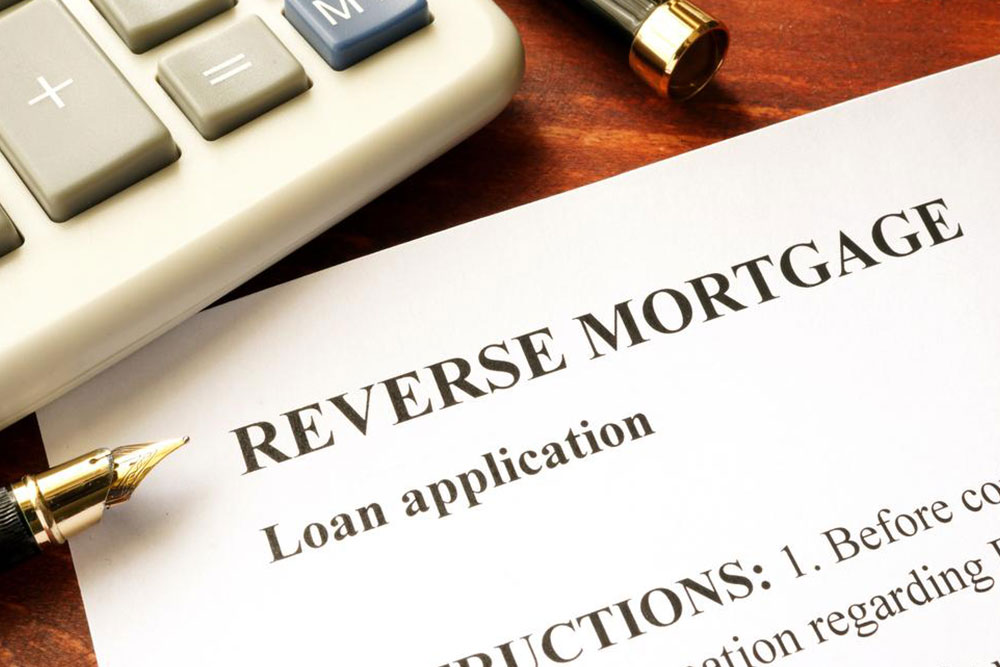Ultimate Guide to the Home Affordable Refinance Program (HARP): Save on Your Mortgage Today
This comprehensive guide delves into the Home Affordable Refinance Program (HARP), offering homeowners a pathway to reduce mortgage interest rates and avoid foreclosure. Learn about eligibility, benefits, application steps, and how HARP can stabilize your finances. Whether you're facing financial hardship or want better loan terms, this article covers everything you need to know about one of the most useful refinancing programs designed specifically for homeowners with limited equity.

Comprehensive Overview of the HARP Refinance Initiative
Managing your mortgage payments can be a challenging task, especially if your current interest rates are high or if you have limited equity in your home. Fortunately, the Home Affordable Refinance Program (HARP) was created to provide homeowners with an accessible pathway to refinance their existing loans under favorable terms. This extensive guide aims to clarify the benefits, eligibility criteria, and application process associated with HARP, equipping you with the knowledge needed to potentially reduce your mortgage interest rate and improve your financial stability.
What is the Home Affordable Refinance Program (HARP)?
The HARP initiative was launched by the U.S. government as part of efforts to assist struggling homeowners in refinancing their mortgages, particularly those who face difficulties due to limited or no equity in their homes.
It provides a crucial opportunity for homeowners to access lower interest rates, reduce their monthly mortgage payments, and avoid foreclosure, thereby promoting financial stability and homeownership retention.
Designed specifically for homeowners who find it challenging to refinance through traditional banking channels, HARP simplifies the process and reduces many barriers to refinancing.
To explore your eligibility and learn more about the program, visit the official HARP website and review the detailed guidelines and application procedures.
Eligibility Requirements for HARP
Your mortgage must be owned or guaranteed by either Fannie Mae or Freddie Mac — two government-sponsored enterprises that purchase mortgages from lenders to support the housing market.
The property must have been sold to Fannie Mae or Freddie Mac on or before March 29, 2009, making it eligible for the program.
Loans must have been originated before June 1, 2009 — newer loans may not qualify.
Borrowers should not have missed more than one mortgage payment in the past 12 months.
HARP cannot be used more than once per property, so applicants should evaluate their refinancing goals accordingly.
Additional Details and Guidelines
HARP primarily targets homeowners who are at risk of foreclosure or have experienced financial hardships, providing them with an alternative avenue to stay in their homes.
Interest rates offered through HARP are competitive and often lower than previous rates, potentially leading to significant savings over the life of the loan.
The application process is streamlined, and many eligible homeowners find it easier to qualify compared to traditional refinancing options.
It’s important to note that HARP does not cover second mortgages or home equity lines of credit (HELOCs).
Before applying, homeowners should review their current mortgage terms, financial situation, and consult with qualified mortgage advisors to ensure this refinancing aligns with their long-term financial goals.
In conclusion, the Home Affordable Refinance Program offers a valuable opportunity for homeowners burdened by high mortgage rates or insufficient equity to refinance with favorable terms. With a simplified application process, accessible eligibility criteria, and competitive interest rates, HARP continues to serve as a crucial tool for maintaining homeownership stability across the United States. If you believe you qualify, exploring this program could be a vital step toward reducing your mortgage costs and achieving greater financial security.





